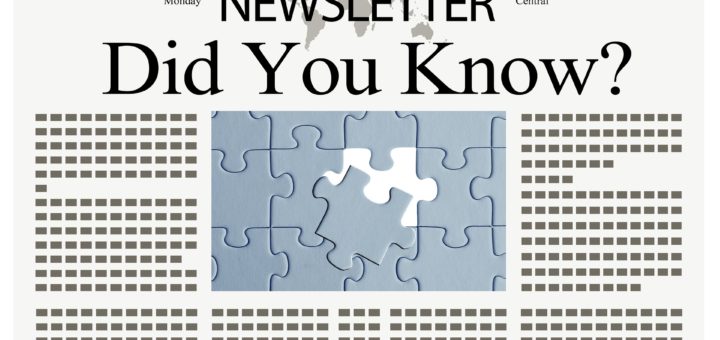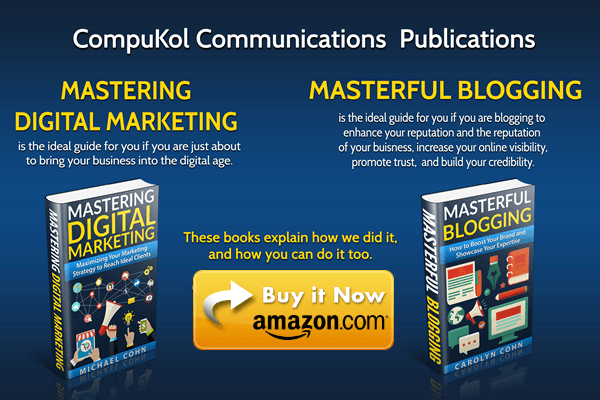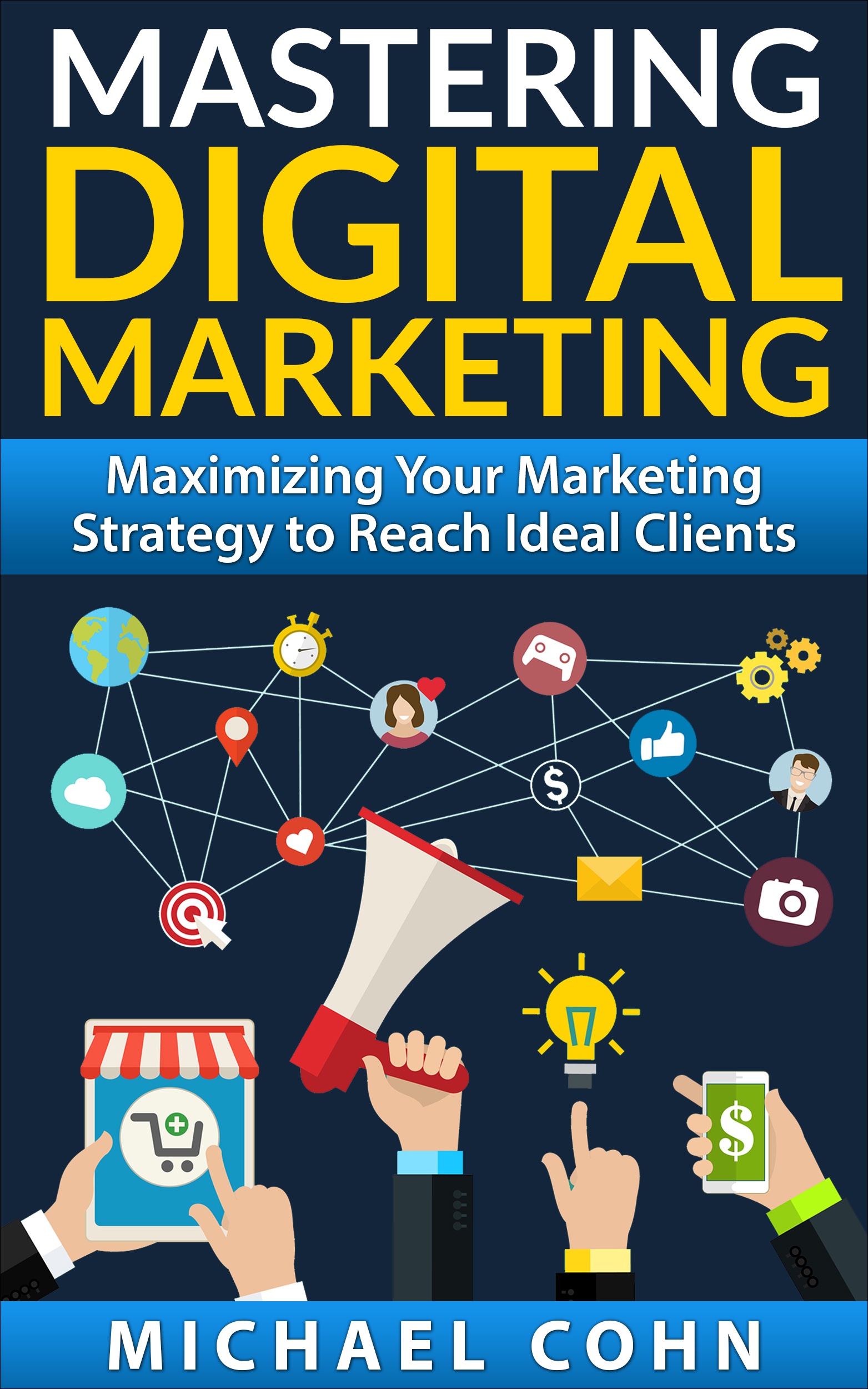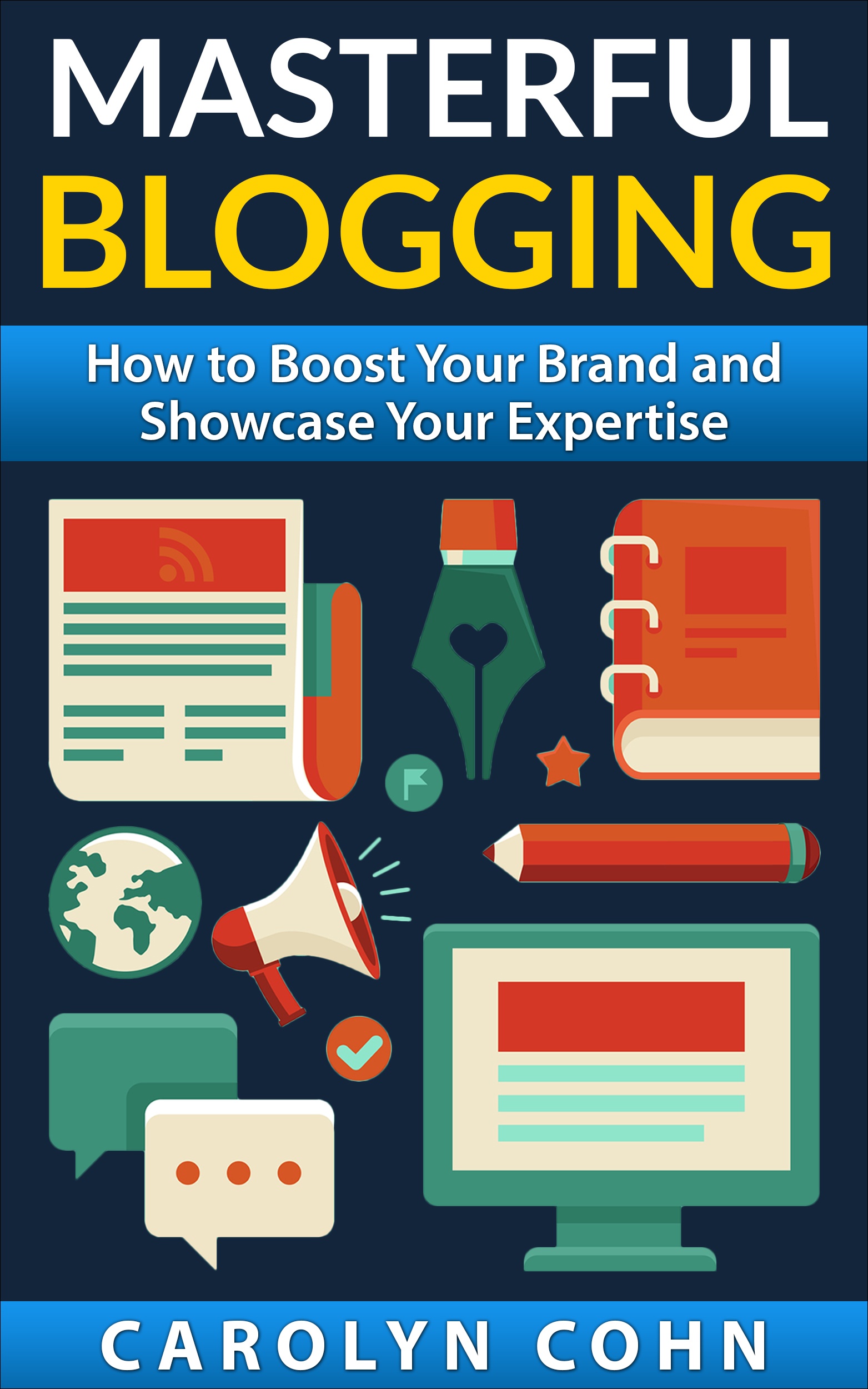Writing the Most Compelling Newsletters

You may or may not be writing a monthly (or, if you are really ambitious, weekly) newsletter for your business. If you are one of those business owners (or people) who believe in the power of a newsletter, you may feel that the results that you have been able to achieve with your newsletter are not what you had hoped for from the beginning.
Newsletters are more powerful than you may know
When it comes to newsletters, the greater the number of people who read your newsletter (and even comment, possibly), the better. What you don’t want is for people who have signed up to receive your newsletter at some point decide to unsubscribe. The only way that you can prevent that from happening (if you are able to prevent it at all) is by making your newsletters as compelling and exciting as they can possibly be.
Newsletters serve several important purposes. They allow your readers to stay on top of what is happening with your offerings as well as other people’s offerings that you may discuss in the newsletter. Another really positive thing about newsletters is that the reader doesn’t need to make any extra effort to find it. The newsletter is delivered to his or her inbox every month (or week, if that is your frequency).
[tweetthis]Newsletters provide additional, valuable information that your readers will appreciate and take with them.[/tweetthis]When it comes to newsletters, there are some best practices that you will want to follow because they will help you to make your newsletters a more successful tool.
-
Make sure that your title attracts attention: Your newsletter’s title must really draw the attention of your readers. It should be powerful, clear, concise, and it should be married to the body of the newsletter.
-
Curation works: Most likely you write original content much more than you post other people’s writing, which is as it should be. However, when it comes to newsletters, you can get away with sharing other people’s content in a much higher percentage. The bottom line is that other people want to read valuable content when they open your newsletter. They want to walk away not only having learned something but also taking something away that they can apply to their own business. It is important to understand, however, that effectively using curated content will take some effort on your part. You can’t just post any old curated content. It must be content that really adds tremendous value to your newsletter.
-
Share who you are with your readers: When it comes to your newsletters, you need to make sure that your voice is present and that who you truly are comes through loud and clear. If you choose a tone that is not yours or words that you would never be inclined to use, your readers will know it and many of them will be turned off by that. It happens time and again. The fact is that who you are is really great so you are really doing your brand, your business, and yourself a disservice by not allowing your readers to get a glimpse of you. In short, your newsletter must be personal to a great extent, even though it is your brand’s newsletter.
-
Give them something valuable: Whatever you write, it must always be of value to the person reading it. Otherwise, why would they bother to go beyond the first sentence at the top of the newsletter? This concept applies to all sorts of businesses. If it is just fluff and holds no real value, don’t bother. Again, people need to feel that they aren’t wasting their time if they set time aside from their busy day to read your newsletter.
-
Personalize your newsletter: Assuming that you have a solid understanding of your target audience at this point, personalizing your newsletter to your readers should not be an impossible task. By this point, you probably know what they want and need. That will serve as your roadmap to personizing the information for them. Of course, you need to keep in mind that what you put in the newsletter each time will require a lot of care and thought.
-
Keep each newsletter unique and pure: The last thing that you want to do is to write the same newsletter over and over again, month after month. People will remember and they will stop reading your newsletters. If you are starting to fall into a writing rut, dig deeper and use different sources so that your content is fresh every time. When it comes to the purity of your newsletter content, you want to make sure that you are only writing your newsletter to further valuable interactions between your reader and you. Don’t worry about the number of people who read it or the business that will result from what you are sharing. Just focus on the discussion itself.
Conclusion
Newsletters are another valuable tool that you will want to have in your brand’s repository. Remember to keep it focused and genuine and show your readers that you truly care about them and about giving them something of value. It is acceptable to add a little promotional content as long as it isn’t too weighty. Nobody likes a hard sell and you want your readers to know that you are sharing information with them because you want to. You don’t want them to think that you have any other motive. You are just there to help them to bring their business to the next level.
We are pleased to provide you with the insightful comments contained herein. For a complimentary assessment of your online presence, let’s have coffee.

|



